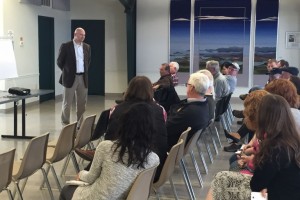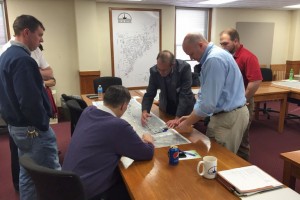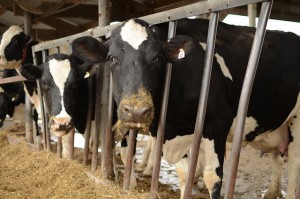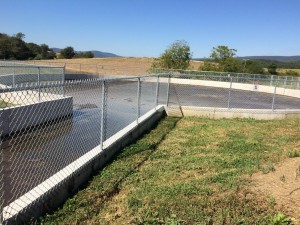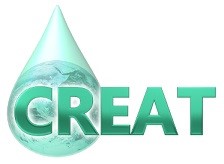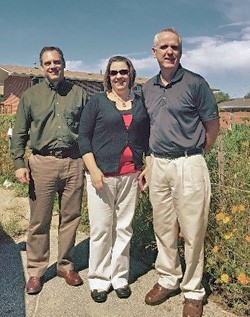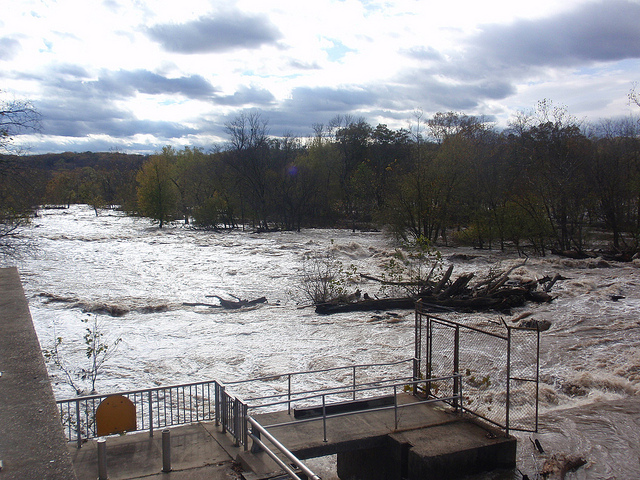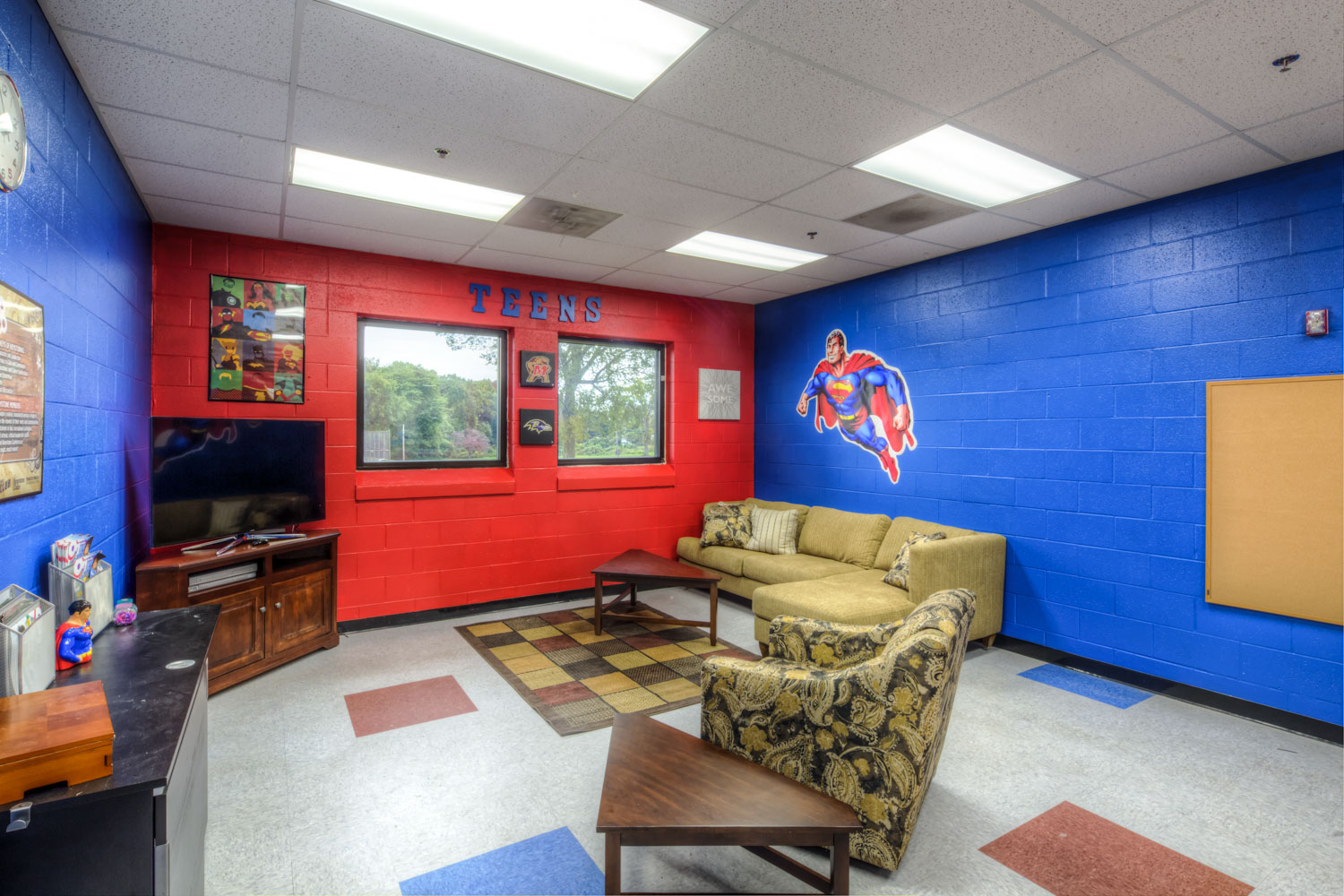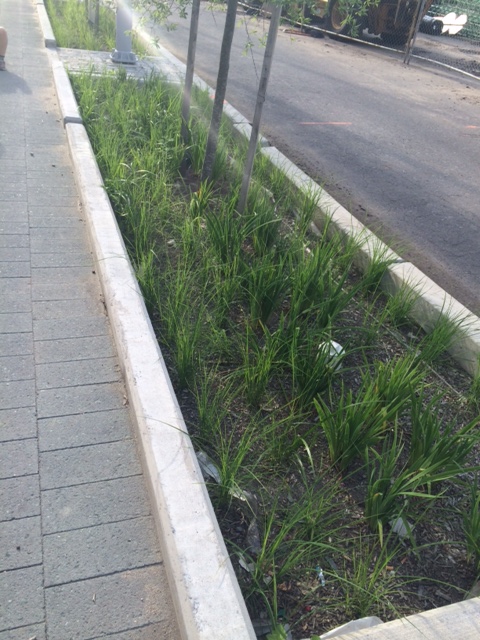EPA and Muscatine, Iowa, Work Together Toward Green Development
By Marc Kingston
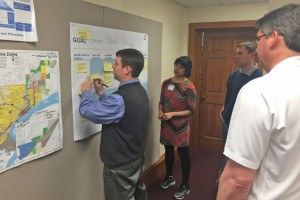
EPA employees and contractors, along with community members, discuss green solutions for Muscatine at the April workshop
Muscatine, Iowa, is one of 51 communities across the country selected to participate in EPA’s Making a Visible Difference in Communities program, which focuses on building partnerships with community stakeholders to improve public health and the environment.
I worked with EPA’s Office of Sustainable Communities and the city of Muscatine to arrange a Green and Complete Street Workshop in April 2016. Jonathan Smith, engineering manager of Tetra Tech’s stormwater services, served as facilitator.
We started with a tour to identify areas of Muscatine that are ripe for green development and sustainable practices. After the tour, we met with members of the community and city leaders who were interested in learning about green solutions, such as diverting rainwater from entering the sewers and allowing more of it to soak into the ground where it can provide moisture for plants.
A number of technologies are available to reduce the impact of rainwater runoff. These include permeable pavement that allows precipitation to soak through into the ground, rain gardens, rain barrels, green roofs, and other green landscape features. New curb bump-outs were also discussed at the meeting. They help channel rainwater into rain gardens, where water collects and soaks into the ground.
The community is considering implementation of green infrastructure practices based on concepts provided during the workshop. EPA and the city realize that green infrastructure in the public right-of-ways will help divert rainwater from the sewers and help prevent sewer overflows.
Another goal of the workshop is to create a more sustainable, pedestrian-friendly environment along the Mississippi Drive Corridor and other transportation corridors in Muscatine.
Together, we want to change the way rainwater is managed, make downtown Muscatine more beautiful, send less polluted runoff to neighbors downstream, and use less energy to treat water at the wastewater treatment plant.
The environmental projects in Muscatine will truly make a visible difference in the lives of Muscatine residents. And I look forward to continuing my work with the community, which complements the city’s interest in green solutions.
About the Author: Marc Kingston serves as a Making a Visible Difference facilitator at EPA Region 7. He also serves as a grant management specialist in the Region’s Office of Policy and Management. Marc has a degree in environmental studies from the University of Kansas.

